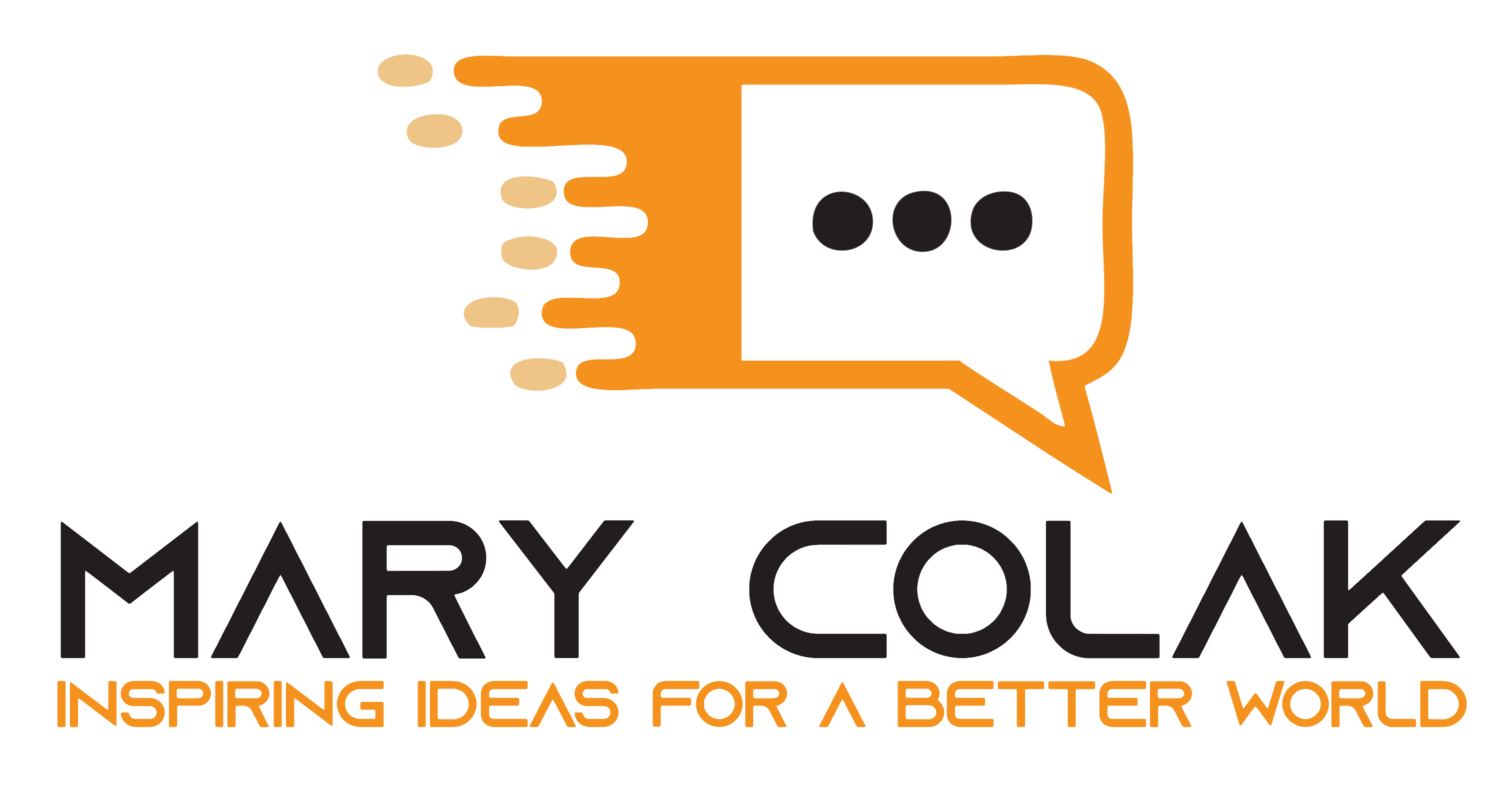Quality as a factor of excellence, acceptance of change
Quality as a factor of excellence
Because it is subjective, quality is not easy to define. This is a problem for business because while the organization thinks it is producing quality goods and services, its customers may think differently.
Take internal business processes, for example. Quality processes have short lead and cycle times and zero defects/errors. They are near perfect. However, just because the organization thinks it has turned out perfection does not make it so.
Peter Drucker, world renowned management consultant, said: "Quality in a product or service is not what the supplier puts in. It is what the customer gets out and is willing to pay for." This is ultimately what determines an organization's quality and, in turn, excellence.
Your customers continuously evaluate the quality of your organization's goods and services based on dependability, speed, flexibility, and cost. If any of these areas fail in the customers' eyes, the customer looks for another organization with which to do business. While this may seem disheartening at first, this is also a great impetus for continuous improvement.
Studies show that achieving excellence requires about ten years (or 10,000 hours) of dedicated practice. Ask any Olympic athlete how many hours they spent on their craft before they received their medal at Sochi. Many will tell you that they invested years of practice. Despite this, not all make it to the podium even though they made it to the Olympics.
Like excellent athletes, quality organizations also reap rewards. These rewards include satisfied and loyal customers. And this translates to higher profits for the private sector and less spending and waste in the public sector.
To help your organization thrive, focus on delivering top quality products and services to your customers. This will ensure your organization's long-term success in the marketplace.
Always working to perfect your offerings through sustained practice will keep you in the game. You may even be one of the select few that make it to the podium!
Acceptance of change
In addition to quality as a factor in excellence, acceptance of the solution is also important. In fact, acceptance of the solution is far more important than quality. You may have the best possible solution in the world, but if stakeholder acceptance is low or missing, you have a zero chance of attaining excellence.
This is evident in what is perhaps the most important formula in the practice of Lean Six Sigma. The formula is:
Q(uality) x A(cceptance) = E(xcellence)
In this formula, E must equal at least 60 if your proposed solution is to succeed. Let's work through a scenario.
First, use a scale from 1 (worst) to 10 (best) to determine the quality of your proposed solution. The higher the quality of the solution, the more appealing it may be to stakeholders, but it may also cost more to implement.
After assigning a rating to the quality of the solution, determine the stakeholder acceptance. Use a "Stakeholder Analysis Chart" and meet with your stakeholders to determine their support. Plot where they are today and where you need them to be. The "in between" is the area of resistance that you need to help your stakeholders overcome. Here is a sample chart:
One of the interesting things about proposing change through new solutions is that most people associate change with loss. If change means loss, how does one move stakeholders to acceptance? Here are four considerations:
If the individual feels inadequate and out of their comfort zone, use “WII-FM” (what's in it for me) to encourage them to support the change. And provide appropriate training before, during and after implementation to overcome feelings of inadequacy.
If the individual feels as if they will lose something in the new process (e.g., they are no longer the "leader" in the way things were previously done), demonstrate to them what is gained. Do not focus on loss.
If the individual has control issues or a sense of ownership over the current process, they may not be amenable to change. As with the above, invoke WII-FM and focus on gains. Provide training to help them become master of their universe once again.
If the individual already has a lot of turmoil in their personal or business life, then decrease their workload, so that they have time to help you implement your solution.
Remember that people change their behaviour when faced with either opportunities or threats. For short-term behaviour motivation, threats are effective (tell them what they will lose). But for long-term motivation, focusing on opportunities garners acceptance.



